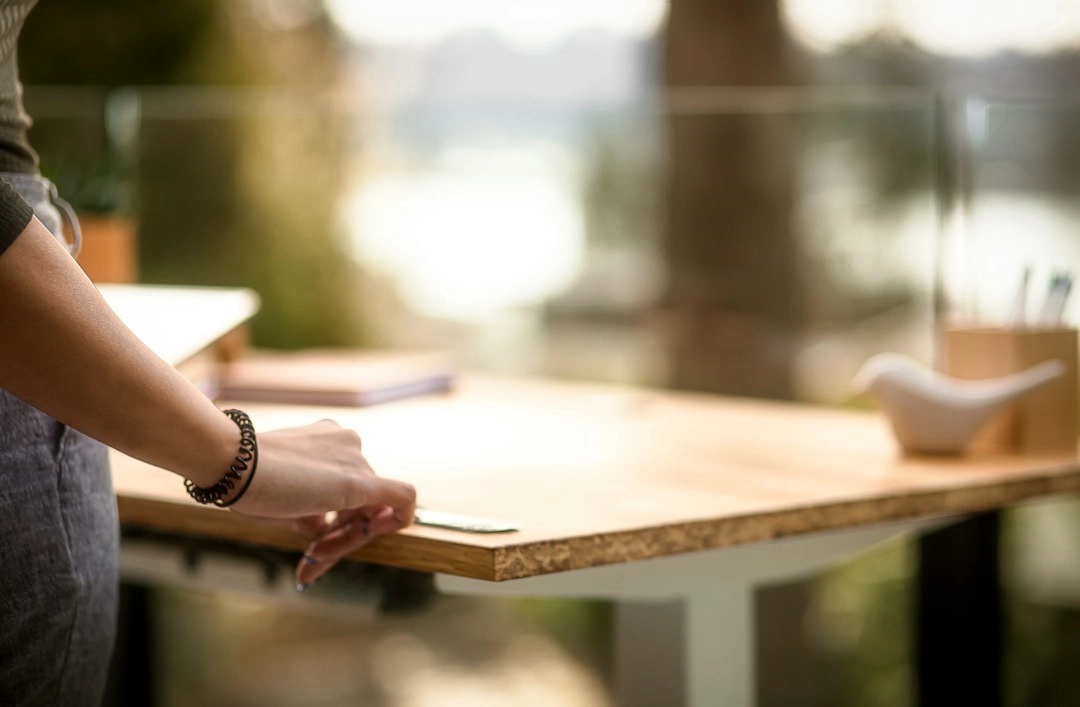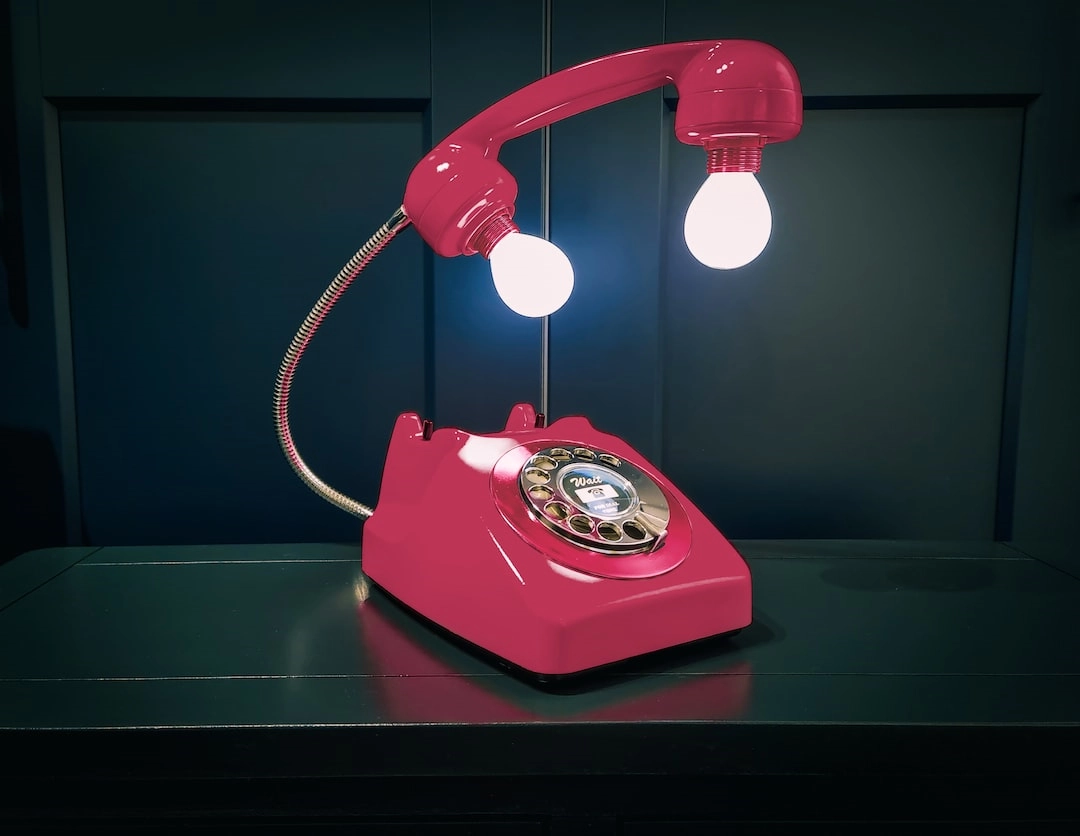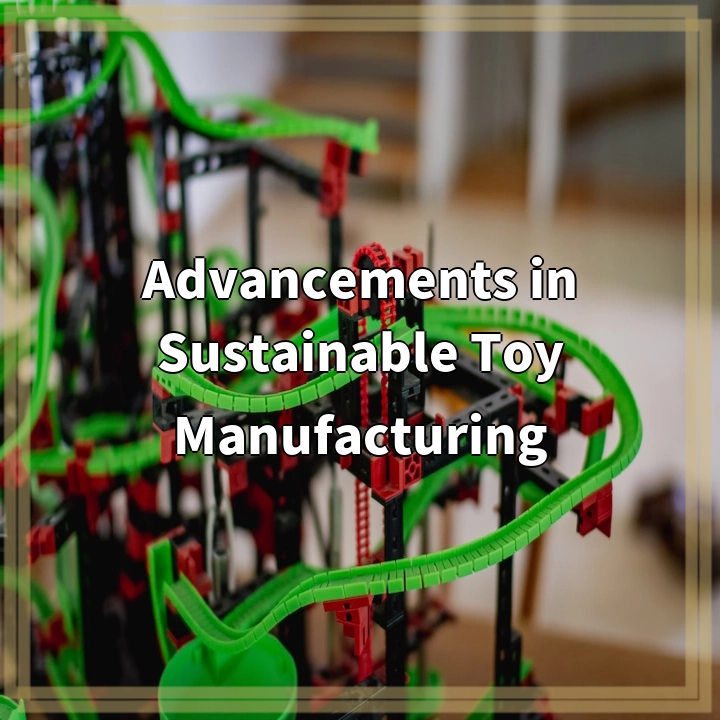
What is Upcycling?
Upcycling is a creative and sustainable practice that involves transforming waste materials or unwanted products into new items of higher value and quality. It goes beyond recycling, which typically breaks down materials to create something new. Instead, upcycling focuses on repurposing materials while retaining their inherent qualities and characteristics.
Real-World Problems Associated with Upcycling
While upcycling presents numerous benefits, it also faces some challenges in the real world. Understanding these problems is crucial in order to address them effectively:
1. Limited Awareness and Education
One of the main obstacles to upcycling is the lack of awareness and understanding among individuals and communities. Many people are unfamiliar with the concept and its potential benefits. Promoting education and increasing awareness about upcycling can help overcome this hurdle.
2. Availability and Access to Resources
Upcycling requires access to the right materials and resources to transform them into new and useful items. However, finding suitable materials can be challenging, especially in areas with limited recycling infrastructure or where waste management systems are inefficient. Enhancing recycling processes and establishing initiatives to collect and redistribute materials can help overcome this issue.
3. Perception and Consumer Behavior
Consumer behavior plays a significant role in the success of upcycling. Many individuals prefer purchasing new products rather than considering upcycled alternatives. Overcoming the stigma surrounding upcycled products and promoting their value, quality, and unique characteristics can help change consumer perceptions and encourage a shift in purchasing behavior.
4. Design and Innovation
Successful upcycling relies on innovative design and creative thinking. Finding ways to transform waste materials into functional and aesthetically pleasing products requires careful planning, experimentation, and expertise. Support for designers, artists, and entrepreneurs in developing upcycled products can help drive innovation in this field.
By understanding the real value of upcycling and the challenges it faces, we can work towards creating a more sustainable and circular economy. Through education, resource availability, changing consumer behavior, and fostering design innovation, we can unlock the full potential of upcycling and make a positive impact on the environment.

Potential Solutions for Upcycling Challenges
Addressing the problems associated with upcycling requires a multifaceted approach. Here are some potential solutions to overcome these challenges:
1. Awareness and Education
Increasing awareness and educating individuals about the concept and benefits of upcycling is crucial. This can be achieved through targeted campaigns, workshops, and educational programs. Collaborating with educational institutions, community organizations, and government agencies can help spread the message and foster a culture of upcycling.
2. Improving Resource Accessibility
To support upcycling efforts, it is essential to improve access to waste materials and resources. This can be accomplished through the development of efficient waste management systems, promoting recycling initiatives, and establishing networks to gather and redistribute suitable materials for upcycling projects.
3. Changing Consumer Perception and Behavior
Shifting consumer behavior towards embracing upcycled products requires initiatives aimed at changing perceptions. This can be achieved through strategic marketing campaigns that highlight the value and unique characteristics of upcycled items. Collaboration with influencers, designers, and brands can help promote upcycled products as desirable alternatives to conventional options.
4. Supporting Design and Innovation
Fostering design innovation in upcycling is crucial to unlocking its full potential. Providing support to designers, artists, and entrepreneurs through funding, mentorship, and access to resources can encourage the development of innovative upcycled products. Collaborating with design schools, incubators, and industry experts can help nurture talent and drive creativity in this field.
By implementing these solutions, we can overcome the challenges associated with upcycling and promote its widespread adoption. Together, we can create a more sustainable future where waste is seen as a valuable resource and upcycling becomes a mainstream practice.















